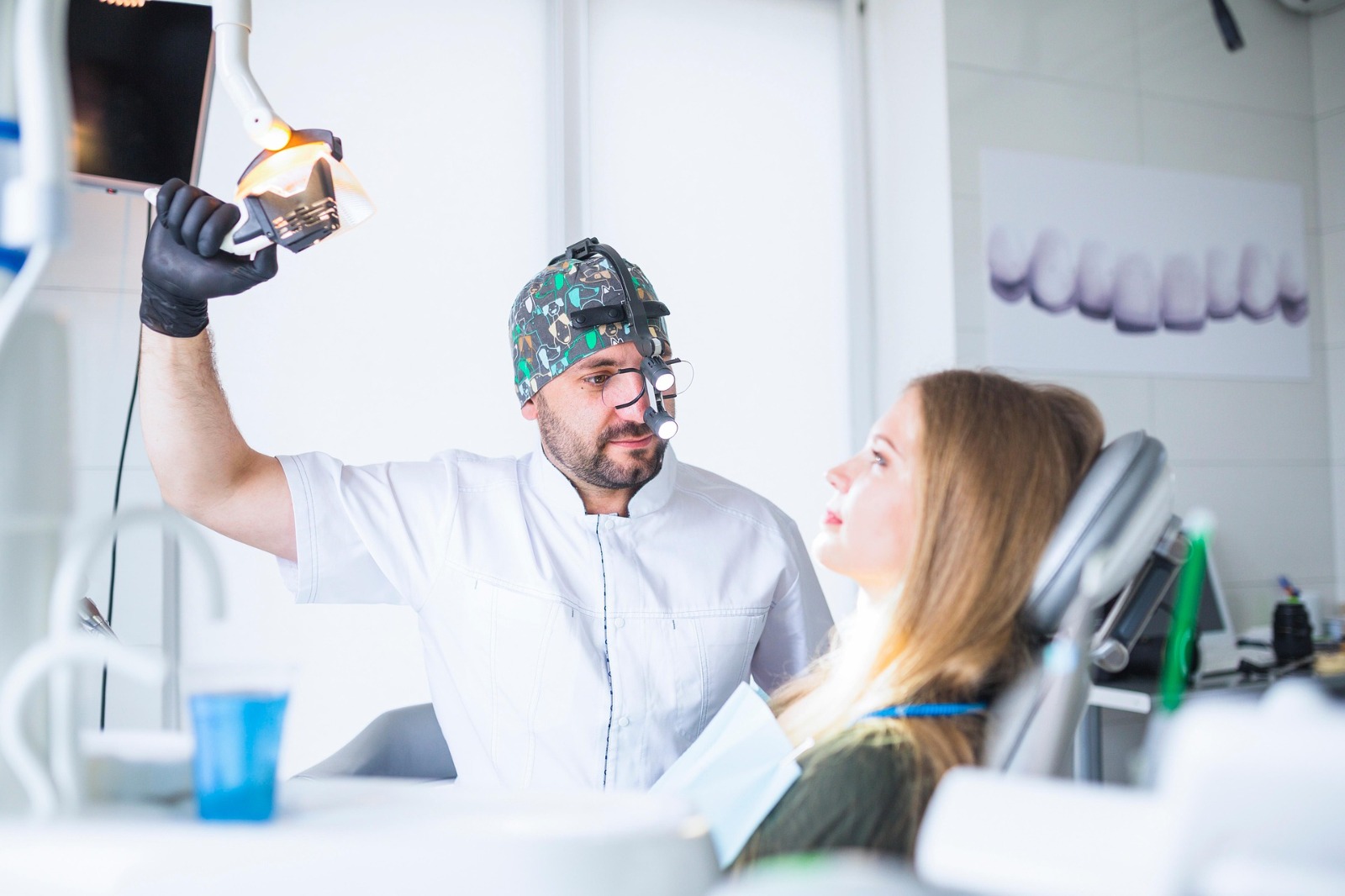4+ Types Medical Practitioners: Who They Are and How They Help Improve Safety

Medical practitioners are the people you turn to when you feel unwell or need health advice. They include doctors, nurses, and other healthcare workers. They play a vital role in keeping you healthy. This article will explore what medical practitioners do, how they are trained, and the different types.
Key Takeaways
- Medical practitioners help diagnose and treat illnesses.
- They include a variety of professionals like doctors, nurses, and therapists.
- Training for medical practitioners can take several years and varies by profession.
- Understanding their roles can help you make better health decisions.
For more in-depth insights into how different medical professionals operate, refer to our resources on healthcare roles and responsibilities.

What is a Medical Practitioner?
A medical practitioner is anyone who works in the health field and provides care. This includes doctors, nurses, and therapists. They help you stay healthy, treat illnesses, and provide advice on health issues. Without them, making sense of health concerns would be very difficult.
Types of Medical Practitioners
Different types of medical practitioners serve various needs. Here are some of the most common ones:
| Type of Practitioner | Description | Common Specialties |
|---|---|---|
| Physicians | Medical doctors who diagnose and treat patients. | Family Medicine, Pediatrics, Internal Medicine |
| Surgeons | Medical doctors who perform operations. | Orthopedic, Cardiothoracic |
| Nurses | Healthcare professionals who provide patient care. | Registered Nurses, Licensed Practical Nurses |
| Physical Therapists | Specialists who help patients recover from injuries. | Sports, Pediatric, Geriatric Therapy |
1. Physicians
Physicians are medical doctors who diagnose and treat patients. They can work in many fields, including:
- Family Medicine: These doctors treat people of all ages. They handle a range of issues from colds to chronic conditions.
- Pediatrics: Pediatricians focus on children. They monitor growth and treat common childhood illnesses.
- Internal Medicine: These doctors deal with adult patients and focus on internal organs and diseases.
2. Surgeons
Surgeons perform operations to treat injuries or diseases. They train for years to learn how to perform complex procedures. Some types of surgeons include:
- Orthopedic Surgeons: They fix issues with bones and joints.
- Cardiothoracic Surgeons: They work on the heart and chest area.
3. Nurses
Nurses are crucial in the healthcare team. They help care for patients and support doctors. There are different types of nurses, such as:
- Registered Nurses (RNs): They care for patients and educate them on health.
- Licensed Practical Nurses (LPNs): They provide basic care under the supervision of RNs.
4. Physical Therapists
Physical therapists help people recover from injuries. They create exercise plans that help improve movement and strength. They are essential for rehabilitation.

Why Are Medical Practitioners Important?
Medical practitioners are key to health in communities. They help prevent diseases through regular check-ups and immunizations. When you get sick, they diagnose your illness and provide the right treatment. Their work saves lives and improves quality of life.
Training and Education
Becoming a medical practitioner takes time and dedication. Education requirements differ based on the profession.
Physicians and Surgeons
To become a physician or surgeon, one needs extensive training:
- Undergraduate Degree: Most start with a bachelor’s degree in a science-related field.
- Medical School: This usually requires four years of study in medical school.
- Residency: After medical school, they complete a residency program that can last from three to seven years, depending on their specialty.
Nurses
Nursing training varies:
- Registered Nurses (RNs): They can earn a bachelor’s degree or an associate degree. After that, they must pass a licensing exam.
- Licensed Practical Nurses (LPNs): They usually complete a one-year program and then take a licensing exam.
Physical Therapists
Physical therapists need a master’s or doctoral degree in physical therapy. They also have to pass a licensing exam to practice.
The Role of Medical Practitioners in Your Life
Understanding how medical practitioners help you is essential. When you visit a doctor, they ask questions and may run tests. They do this to understand your health and what might be wrong. This process is called diagnosis.
The Importance of Diagnosis
A correct diagnosis is vital. It helps in deciding the best treatment plan. For example, if you have a sore throat, the doctor may check for strep throat. If found, they can prescribe antibiotics.
Treatment Plans
Once a doctor diagnoses an issue, they create a treatment plan. This plan may include:
- Medications: These help manage symptoms or cure illnesses.
- Therapies: Physical or speech therapy might be advised depending on the condition.
Prevention and Health Education
Medical practitioners don’t just treat illnesses. They also focus on prevention. This can include educating you about healthy habits, such as:
- Eating a balanced diet
- Exercising regularly
- Quitting smoking
Building Relationships with Your Practitioner
It’s essential to build a relationship with your medical practitioner. Being open about your health concerns helps them provide better care. Don’t hesitate to ask questions. This makes sure you understand your health and treatment options.
Additional Responsibilities of Medical Practitioners
- Collaborating with other healthcare professionals: They often work in teams to ensure comprehensive care.
- Participating in continuing education: This keeps their knowledge and skills up to date.
- Conducting research: Some practitioners contribute to medical research to improve treatment methods.
Challenges Facing Medical Practitioners
Medical practitioners face many challenges in their careers. These include:
Long Hours
Many medical practitioners work long hours. They may work nights, weekends, or be on call. This can be tiring but is often necessary to care for patients.
High Stress
Caring for sick patients can be stressful. Practitioners must make quick decisions that can impact lives. Managing this stress is crucial for their well-being.
Keeping Up with Changes
The medical field is always changing. New treatments and technologies emerge frequently. Practitioners must continue learning to stay current.
The Future of Medical Practitioners
The future of medical practitioners looks promising. As technology improves, they can provide better care. Telehealth is one example. This allows patients to consult with healthcare providers online.
Increasing Demand
With an aging population, the demand for medical practitioners will grow. More healthcare workers will be needed to meet the needs of the community.
Innovations in Healthcare
New technologies in medicine help practitioners diagnose and treat more effectively. This includes:
- Wearable Health Devices: These can track vital signs in real-time.
- Artificial Intelligence (AI): AI can help doctors analyze data and make informed decisions faster.
| Future Trends in Healthcare | Description | Impact on Patients |
|---|---|---|
| Telehealth | Remote healthcare consultations through technology. | Increased access to healthcare services. |
| AI Diagnostics | Use of AI to analyze medical data for faster diagnosis. | More accurate and timely diagnoses. |
| Personalized Medicine | Tailoring treatment plans based on individual genetics. | Improved treatment outcomes. |
Conclusion
Medical practitioners are vital to our health. They diagnose, treat, and educate us on how to live healthier lives. Understanding the different types of practitioners and their roles can help you make informed decisions about your health. Building a relationship with your healthcare provider is important. It leads to better care and better health outcomes.
As the demand for medical practitioners grows, their role will evolve. They will continue to be at the forefront of healthcare. Investing in their education and training ensures a healthier future for everyone.
For more information about navigating the healthcare system effectively, check out our guide on healthcare access and literacy.
Additional Resources
If you want to learn more about medical practitioners and their roles, consider visiting:
- American Medical Association (AMA): They provide resources on physicians and medical education.
- American Nurses Association (ANA): This site has information about nursing programs and careers.
- American Physical Therapy Association (APTA): They offer resources for physical therapy education and practice.
Understanding the importance of medical practitioners can help you take charge of your health. They are there to support you every step of the way.
Get a DEMO today and discover how we can help understand your overhead costs.

Leave a Reply